Climate change is no longer a distant threat – it’s already affecting real estate in Canada. From rising insurance costs to new building codes and a surge in sustainable housing, the property landscape is changing. Home buyers, investors, and the general public are witnessing how extreme weather and environmental concerns are reshaping where and how Canadians live. This article explores the multifaceted impact of climate change on Canadian real estate, focusing on sustainability efforts, insurance challenges, and evolving building standards. We’ll look at concrete data and recent trends to understand what’s happening and how the industry is responding.
Climate Change Threats to Canadian Real Estate
Canada’s vast geography means climate change impacts vary by region, but almost everywhere the climate change – real estate connection is becoming evident. In recent years, Canadians have experienced more frequent and intense floods, wildfires, storms, and other extreme weather. These events pose direct risks to homes and communities:
-
Flooding: Floods are Canada’s most costly climate hazard. About 10% of Canadian households are highly exposed to flooding yet lack access to flood insurance. Major floods in central Canada (2017, 2019), Atlantic Canada (2022, 2023), and British Columbia’s 2021 floods caused billions in damage. In fact, 2024 was the costliest year on record for weather disasters – insured damage hit $8.5 billion, shattering the previous record. That is nearly 12 times the annual average from 2001 to 2010. The trend is clear: flood hazards are growing, and areas once thought safe may now be at risk.
-
Wildfires: A warming climate has fueled unprecedented wildfires. The summer of 2024 saw devastating fires from Alberta to Nova Scotia, contributing to Canada’s record disaster losses. While fire insurance is generally available, insurers warn that if severe wildfires continue, some regions could struggle with insurability. The 2016 Fort McMurray wildfire (then Canada’s costliest disaster) and recent fires in B.C. and the Northwest Territories show how Canadian housing is vulnerable to a hotter, drier climate. Beyond destroyed homes, smoke and air quality issues also highlight the need for resilient building designs.
-
Permafrost Thaw in the North: Northern communities face unique challenges. As long-frozen ground thaws, building foundations and roads are cracking and shifting. In the Northwest Territories, permafrost melt is causing an estimated $51 million in damage to public infrastructure each year. Homes and buildings in these areas were not designed for unstable soil conditions, so climate change is literally undermining the ground beneath northern real estate.
-
Coastal Erosion and Sea-Level Rise: Rising seas and erosion threaten Canada’s coastal properties. In parts of Atlantic Canada and the Arctic, shorelines are retreating 10–15 meters per year due to erosion. Prince Edward Island, for example, is losing land to the ocean, endangering waterfront homes. Meanwhile on the Pacific coast, scientific reports project 50–100 cm of sea-level rise by 2100 in the Vancouver area. That could put about 250,000 people (and their properties) at risk in the Vancouver region alone. Coastal real estate – from luxury condos in Vancouver to cottages in Nova Scotia – will need stronger defenses or even relocation over time.
These climate threats have immediate financial implications. Extreme weather in 2022 caused about $3.4 billion in insured damage, and 2023 saw another $3.1 billion. For comparison, a few decades ago (1983–2008) insurers averaged only about $0.4 billion in catastrophic losses each year; since 2009 that average has jumped to nearly $2 billion annually. In short, climate change is making Canada a riskier place to live, work, and insure property. This drives changes in how homes are built, where development happens, and how much people pay to protect their assets.
Sustainable Housing and Eco-Friendly Homes in Canada
One major response to climate change is the push for sustainable housing in Canada. Canadians are increasingly interested in eco-friendly homes that reduce environmental impact and save energy. In fact, 80% of Canadians say having a “green home” is important to them, up from 71% in 2020. This shift is driven by both environmental awareness and practical benefits – efficient homes can lower utility bills and provide comfort even as energy prices rise.
Real estate sustainability in Canada encompasses several trends:
-
Energy-Efficient Home Design: New builds and renovations are focusing on energy efficiency. Energy-efficient homes in Canada often feature better insulation, high-performance windows, and efficient heating/cooling systems (like electric heat pumps). Some homes are built to net-zero or passive house standards, meaning they produce as much energy as they consume. These designs greatly reduce the need for gas heating or excessive electricity, which lowers greenhouse gas emissions. This is crucial because buildings (mostly due to heating) account for roughly 18% of Canada’s greenhouse gas emissions. Building energy-efficient homes Canada-wide is thus a key climate solution as well as a way to reduce household expenses.
-
Green Building Standards: Alongside voluntary programs like LEED certification, governments are promoting green building standards in Canada. The federal government’s Green Buildings Strategy in 2024 aims to transform the building sector for a net-zero future. This strategy calls for retrofitting 11 million existing buildings and constructing millions of new “greener” buildings in coming decades. It emphasizes using low-carbon materials and designs, improving energy efficiency, and even making structures more resilient to floods and wildfires. In practice, this means stricter codes for insulation and windows, incentives for solar panels and heat pumps, and innovation in materials (for example, using timber, recycled steel, or hempcrete in construction).
-
Government Incentives for Homeowners: Programs like the Canada Greener Homes Grant provide grants (average ~$4,400 per household) to help homeowners upgrade insulation, windows, heating systems, and more. Over 240,000 households have already used these grants to install heat pumps and better windows. This not only cuts emissions but also saves families on energy bills (about $400 per year on average for those who retrofit). The government is also offering low-interest loans for deeper retrofits and helping switch oil-heated homes to electric heat pumps. These initiatives show a clear direction: future Canadian homes should be both green and affordable to operate.
-
Community and Urban Planning: Sustainability isn’t just about individual houses – it extends to neighborhoods. Developers are planning communities with shared green spaces, community gardens, and even shared energy systems (like district heating or solar microgrids). These eco-friendly developments can reduce each household’s footprint and create greener, more livable neighborhoods. For example, some new projects integrate electric vehicle charging for residents and have amenities accessible by walking or cycling. This holistic approach boosts quality of life while reducing emissions.
Importantly, the sustainable real estate market in Canada is also becoming a consideration for investors. Properties with green features – solar panels, high efficiency ratings, sustainable materials – may have higher appeal and potentially better value retention as consumers prioritize sustainability. Some home buyers are specifically seeking out listings that advertise energy-efficient upgrades or eco-friendly homes Canada styles. While real estate sustainability was once a niche, it’s moving mainstream as both a climate imperative and a market opportunity.
Climate Risk and Property Insurance Challenges
Another area where climate change is hitting real estate is insurance. Property insurance is meant to protect homeowners from losses like fires or floods, but with climate-related disasters surging, insurance is becoming more expensive – and in some cases harder to get. This is a pressing issue for home buyers and owners: if you live in a high-risk area, you might face soaring premiums or even find that private insurance won’t cover certain hazards.
Climate risk insurance in Canada is now a hot topic because insurers are paying out record claims due to extreme weather. The Insurance Bureau of Canada reported that insured losses from severe weather are climbing rapidly. For example, 2022 and 2023 each saw over $3.5 billion in insured weather-related losses. Then 2024 blew past all records with $8.5 billion in catastrophe claims. These frequent payouts put pressure on insurers’ finances and lead to higher premiums for consumers. Both 2022 and 2023 ranked among the top 10 worst loss years on record. In response, insurance companies are reassessing risk and adjusting policies:
-
Higher Premiums and Deductibles: Many Canadians have seen their home insurance bills climb. Where you live increasingly matters – someone in a flood-prone Ontario town or a wildfire-exposed BC community will likely pay more than someone in a low-risk area. Since 2019 there’s been a 115% increase in the number of home insurance claims and a 485% increase in the cost to repair/replace property. Those costs get passed to consumers in premiums. So property insurance climate risks are now translating to real dollars out of homeowners’ pockets.
-
Coverage Restrictions: Insurers are also tightening terms. In high-risk zones, certain coverages might be excluded or capped. For instance, overland flood insurance (coverage for water that enters from outside, not just burst pipes) is a newer product in Canada and not available to everyone – about 1.5 million households at high flood risk may find no affordable coverage in the private market. If your house is on a known floodplain, some insurers simply won’t offer a flood add-on, or they’ll set an extremely high deductible. In wildfire-prone areas, we haven’t hit a crisis point yet in Canada, but insurers are watching regions after the huge 2023–2024 fires.
-
Mortgages and Property Values: It’s not just insurance companies reacting – banks and mortgage lenders are increasingly mindful of climate risk. If a home is uninsurable against floods, lenders might refuse to issue a mortgage, since the property is essentially “unprotected” collateral. This means even a willing buyer might not be able to finance a purchase in high-risk zones. In practical terms, if you own a house on an eroding coastline or a floodplain, you could see its market value drop because future buyers worry about getting insurance or loans.
-
Climate Risk Insurance Solutions: The insurance gap has prompted calls for solutions. One idea is a National Flood Insurance Program, a public-private partnership to provide affordable flood coverage for high-risk homes. Most G7 countries have something similar, and Canada’s federal government has been exploring this. Another approach is government-backed reinsurance to help insurers cover catastrophic losses. Besides insurance programs, experts argue for investing in climate resilience (stronger infrastructure, better flood mapping) to reduce losses in the first place. Ultimately, if insurers, governments, and homeowners work together to mitigate risks, the insurance system will remain more stable and property insurance can remain available even as climate threats grow.
Bottom line for homeowners: climate change is making home insurance more of a necessity but also more costly. Households need to budget for higher premiums and should verify what hazards are covered. For prospective buyers, it’s wise to research climate risks of a location (flood maps, fire history) and check insurance availability before purchasing. Investors, too, are factoring these costs in – properties with unaddressed risks might be seen as less attractive investments.
Green Building Standards and Climate-Resilient Construction
As climate risks rise, building codes and standards are evolving to make homes and buildings safer, stronger, and more sustainable. Canada’s approach to building standards is crucial because good building standards can significantly reduce climate-related damage and energy waste. In the face of stronger storms and temperature extremes, green building standards in Canada now encompass not only energy efficiency but also climate resilience.
Building Codes and Climate Change: The National Building Code of Canada (NBC) and related codes set the baseline for construction. Historically, codes focused on health and safety (e.g. structural integrity, fire safety). But revisions now represent a key opportunity to implement climate change adaptations that protect people and property. Recent and upcoming code updates reflect this:
-
Energy Efficiency Requirements: Canada has introduced stricter codes to improve insulation, windows, and heating systems. The goal is to have all new buildings be “net-zero energy ready” by 2030. In practice, that means much stricter efficiency rules – houses will need better sealing, higher-performance HVAC, and so on.
-
Climate Resilience Standards: Work is underway to factor future climate data into building design. Engineers and code writers are looking at how to make structures withstand the climate of 2050 and beyond. New flood plain maps and rainfall intensity data inform how we build foundations or stormwater systems. Stricter building standards in high-risk areas might require floodproofing measures and wildfire-resistant design.
-
Examples of Adaptation in Construction: In flood-prone new developments, you might see permeable pavement instead of traditional asphalt, allowing water to soak into the ground. Mechanical equipment might be installed on second floors or rooftops to avoid water damage. Builders in wildfire zones are using non-combustible siding and keeping lots clear of brush. In the far north, architects are experimenting with foundation designs that can withstand permafrost thaw.
-
Green Materials and Techniques: Green building standards also promote low-carbon and durable materials. This includes using materials like mass timber, recycled steel, or low-carbon concrete. Additionally, the concept of “hardening” assets is taking hold in real estate – meaning proactively reinforcing buildings against climate threats.
-
Building out of Harm’s Way: There’s growing consensus that we should avoid building new homes in the highest-risk areas – for example, in floodplains or erosion zones. Urban planners are now incorporating climate risk maps into land-use planning. Some cities, like Toronto, have reconfigured waterways to reduce flood risk and open up safer land for development. Going forward, expect zoning and bylaws to increasingly forbid or limit building in areas that are extremely flood- or fire-prone.
All these changes reflect a pivotal shift: Canadian building standards are being rethought in the context of climate change. Strong codes and standards benefit everyone: they make homes safer for occupants, reduce insurance payouts and repair bills, and preserve property values in the long term.
Conclusion: A Changing Landscape
Climate change is undeniably impacting real estate in Canada, from the market level down to individual homes. The sustainable real estate market Canada is growing as buyers seek eco-friendly, efficient homes that align with a low-carbon future. At the same time, climate risk and insurance have become crucial factors – properties must now be evaluated not just on location and price, but also on their exposure to floods, fires, and other risks (and whether they can be insured). In response, Canada is raising the bar on building standards, pushing for greener and more resilient construction to ensure new developments can weather the storms.
For home buyers, this evolving landscape means it’s wise to consider climate factors when choosing a home. Energy-efficient features and climate resilience are positives that might save money and trouble later. For investors and real estate professionals, climate change adds a new dimension to due diligence – the long-term value of assets will depend on sustainability and risk management. And for the general public, there’s a shared interest in communities that are safe, sustainable, and insurable.
Encouragingly, many of these changes – from installing heat pumps to strengthening building codes – carry co-benefits like lower energy bills, job creation in retrofitting, and safer neighborhoods. Governments, industries, and individuals are starting to work in tandem on these goals. But there is much more to do. Investment in protective infrastructure, smarter land-use planning, and continued support for real estate sustainability in Canada will all be important.
If you’re considering buying, selling, or investing in Vancouver real estate, climate change and sustainability are factors you can’t ignore. Work with a local expert who understands how insurance, building standards, and sustainable housing are shaping today’s market.
Contact Adam Chahl, award-winning Vancouver Realtor® and founder of Vancouver Home Search, to get expert guidance on making smart real estate decisions in this changing landscape.
Frequently Asked Questions
1. How is climate change affecting real estate in Canada?
Climate change is leading to more floods, wildfires, and extreme weather events. This impacts property values, insurance costs, and where new homes are built.
2. What are green building standards in Canada?
Green building standards in Canada are updated codes and practices that focus on energy efficiency, low-carbon materials, and resilience to climate risks like floods and wildfires.
3. Are eco-friendly homes in Canada more expensive?
Eco-friendly homes in Canada may have higher upfront costs, but they often save money long-term through lower energy bills, government rebates, and higher resale value.
4. How does climate change impact property insurance in Canada?
Insurance costs are rising due to climate risks. Flood and wildfire-prone areas may face higher premiums or limited coverage, making property insurance climate risks a key consideration.
5. What should home buyers look for in sustainable housing in Canada?
Buyers should look for energy-efficient homes Canada-wide that feature strong insulation, high-performance windows, heat pumps, and other upgrades that meet modern green building standards.
Browse Other East Vancouver Communities
MLS® Listings in Vancouver East | Homes for Sale
- All Listings
- $300,000 - $400,000
- $400,000 - $500,000
- $500,000 - $600,000
- $600,000 - $700,000
- $700,000 - $800,000
- $800,000 - $900,000
- $900,000 - $1,000,000
- Over $1,000,000


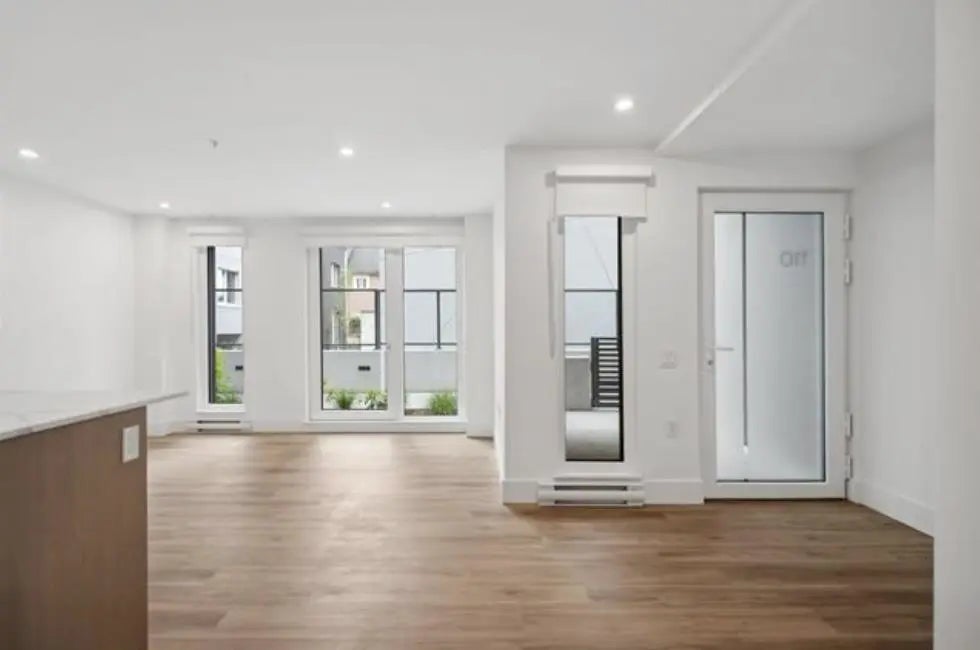

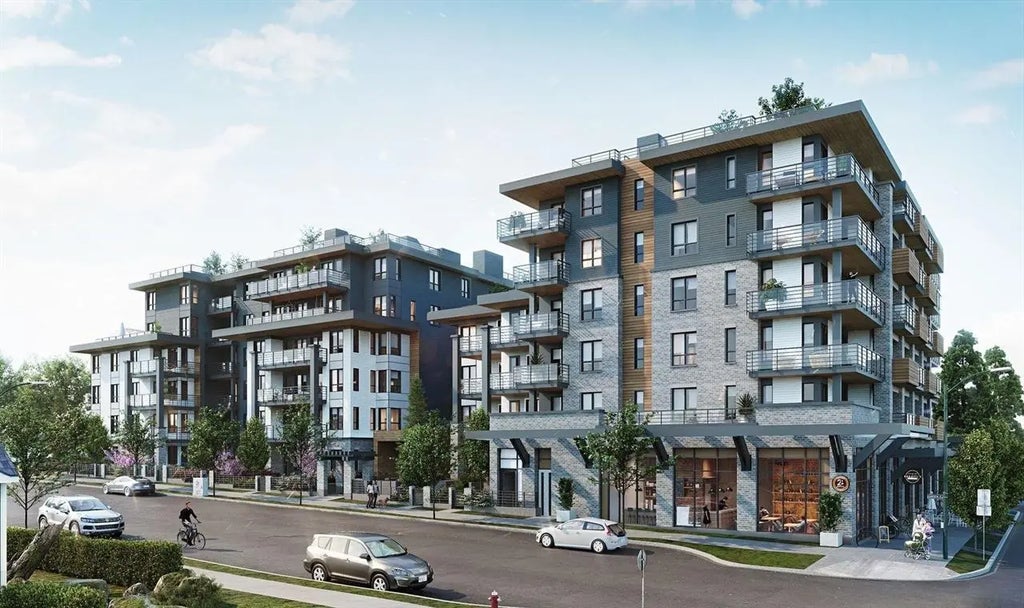
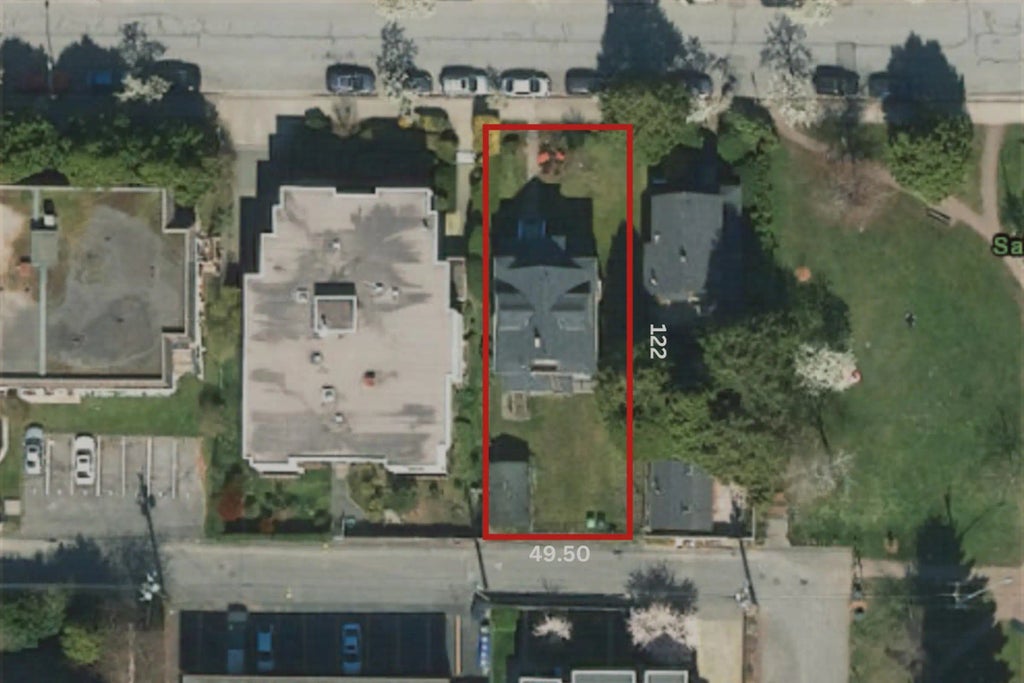
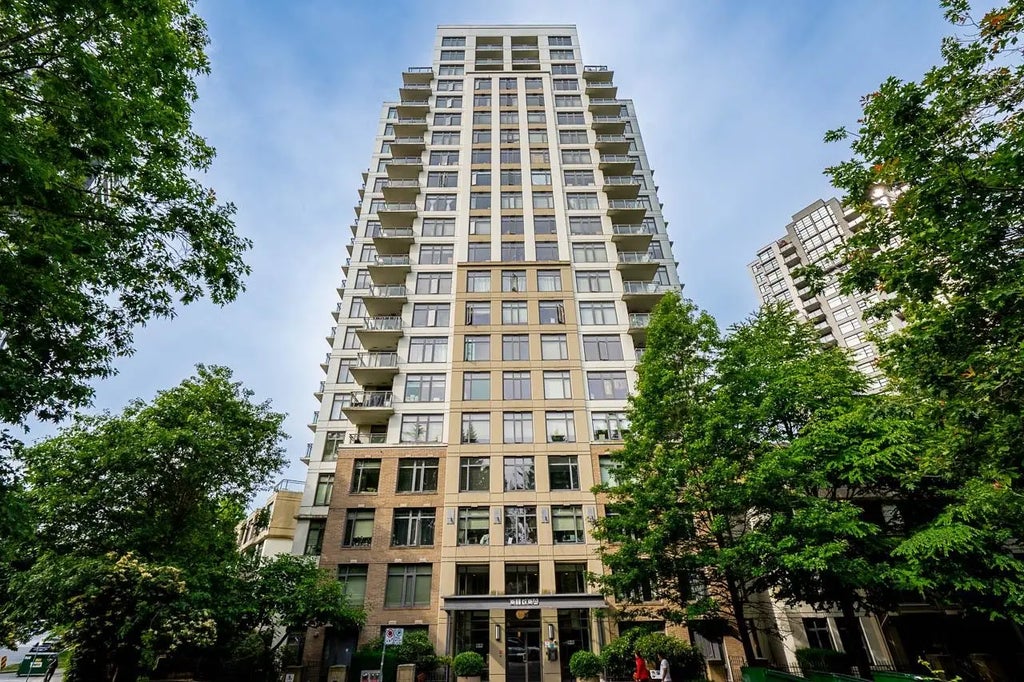
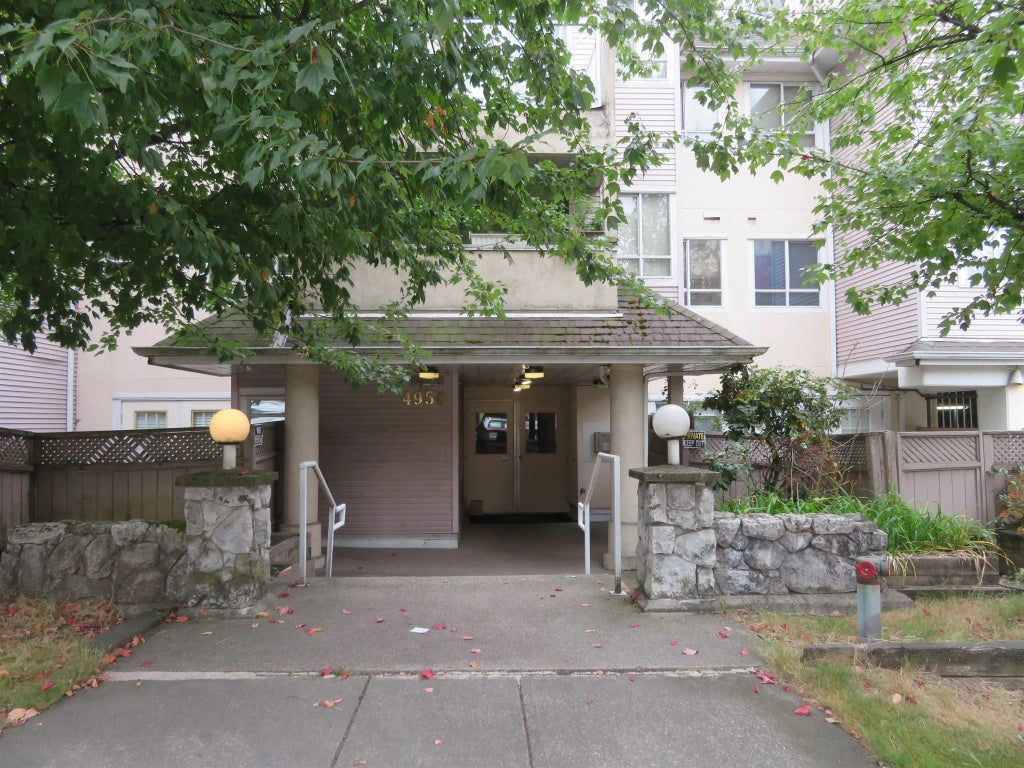
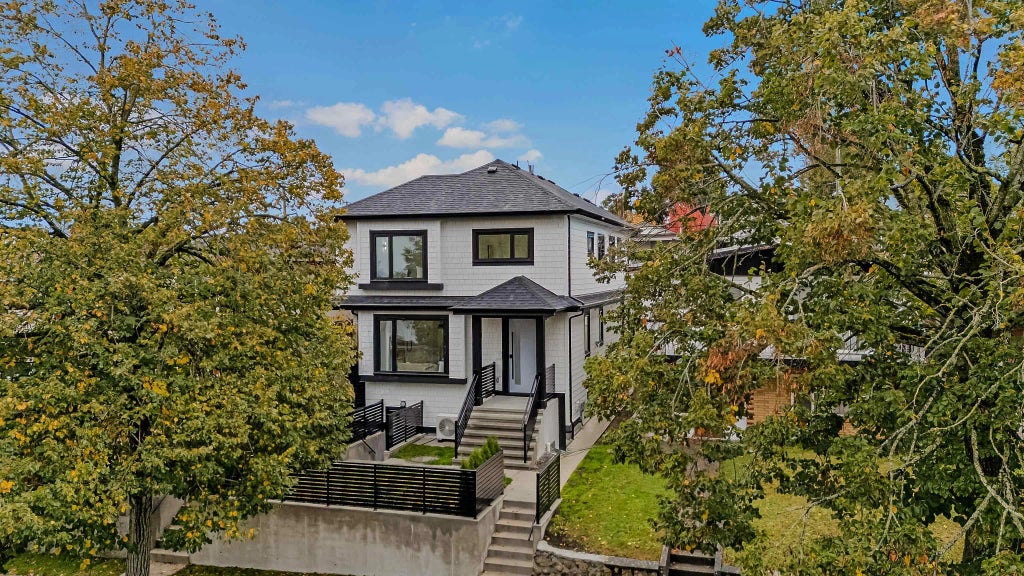

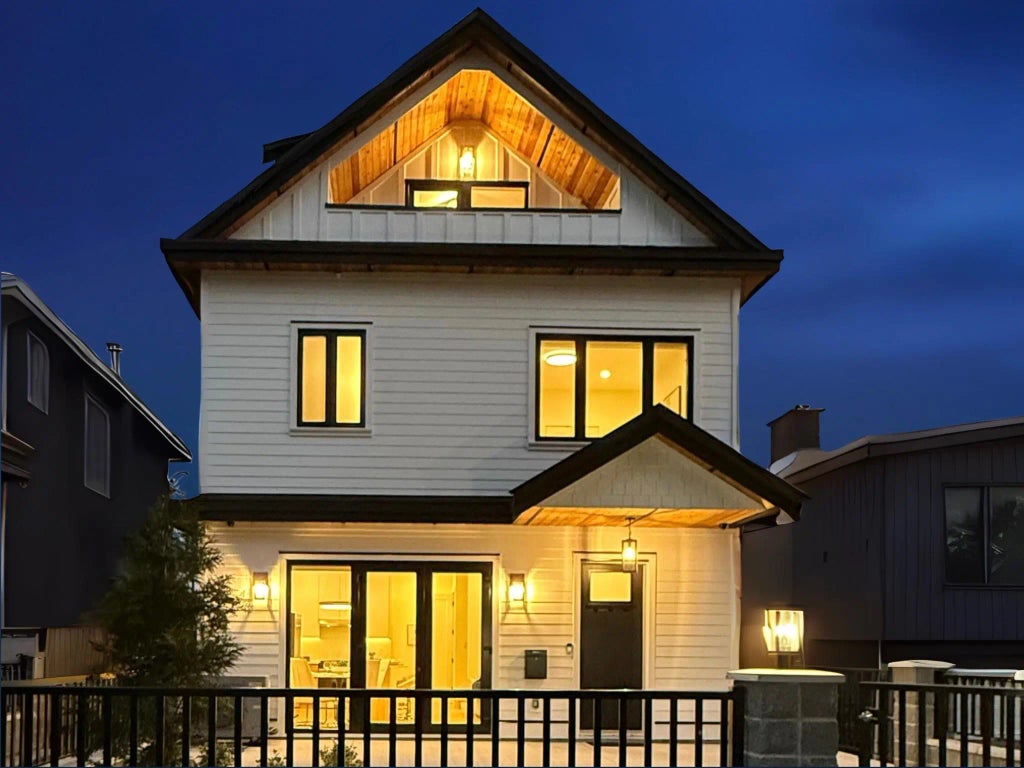
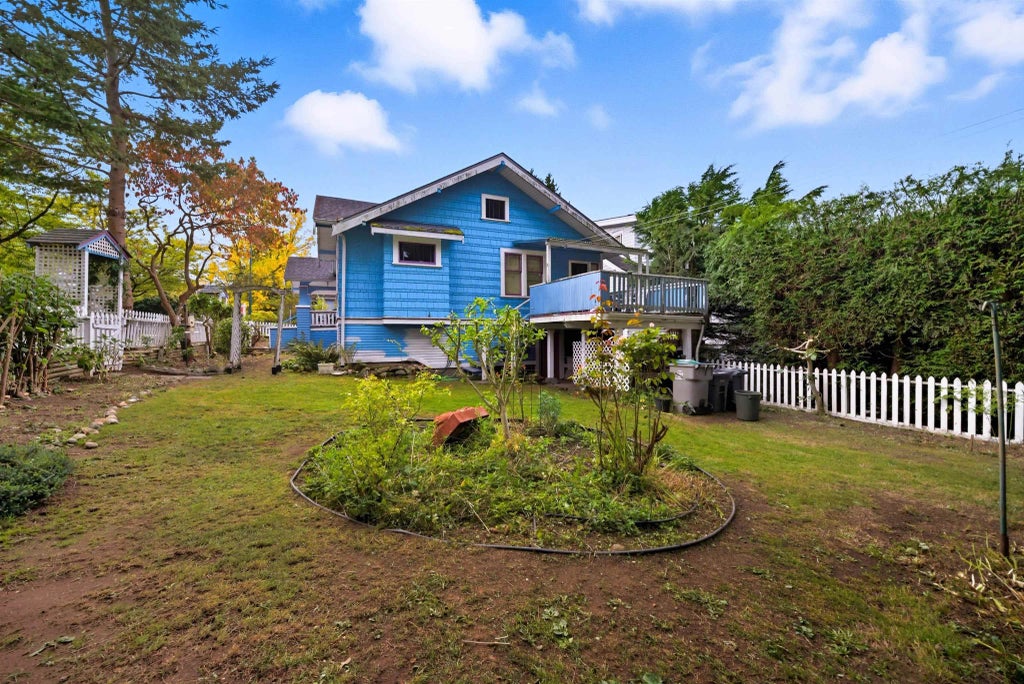
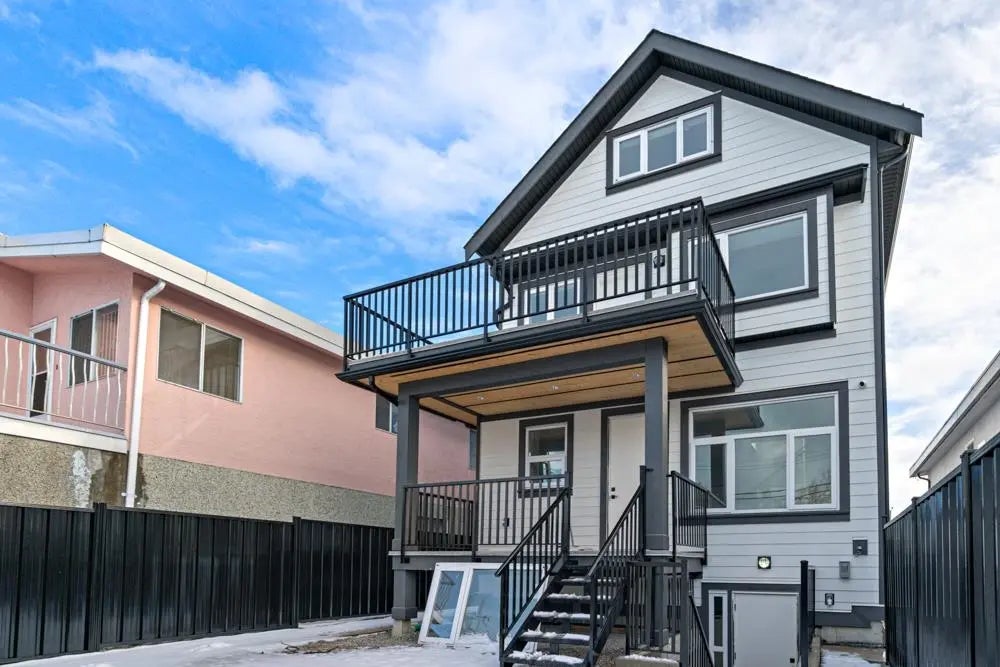
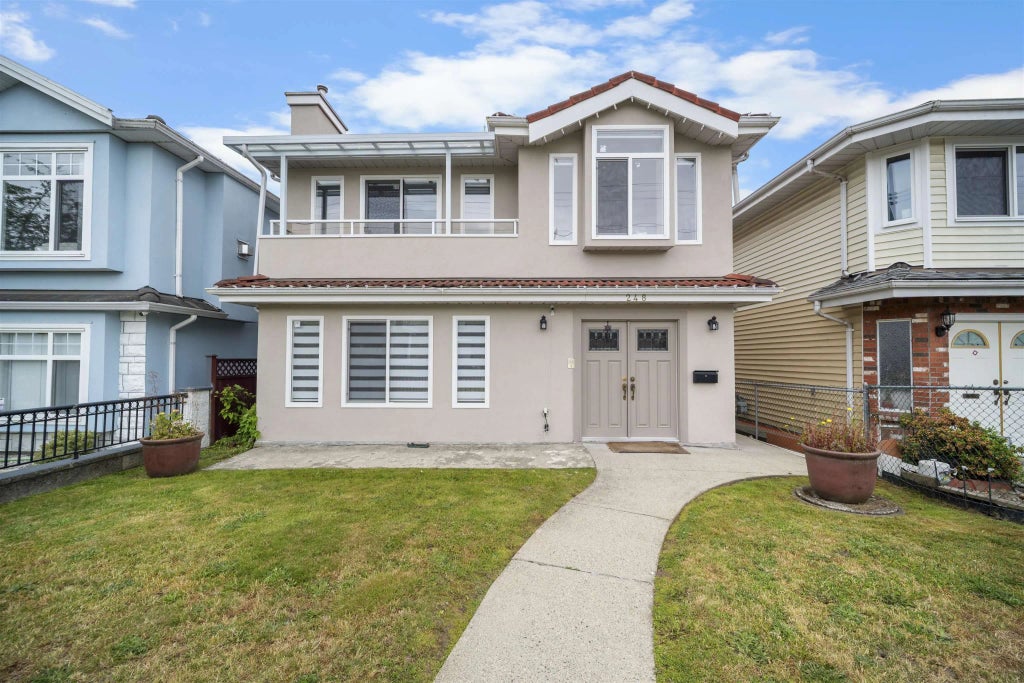
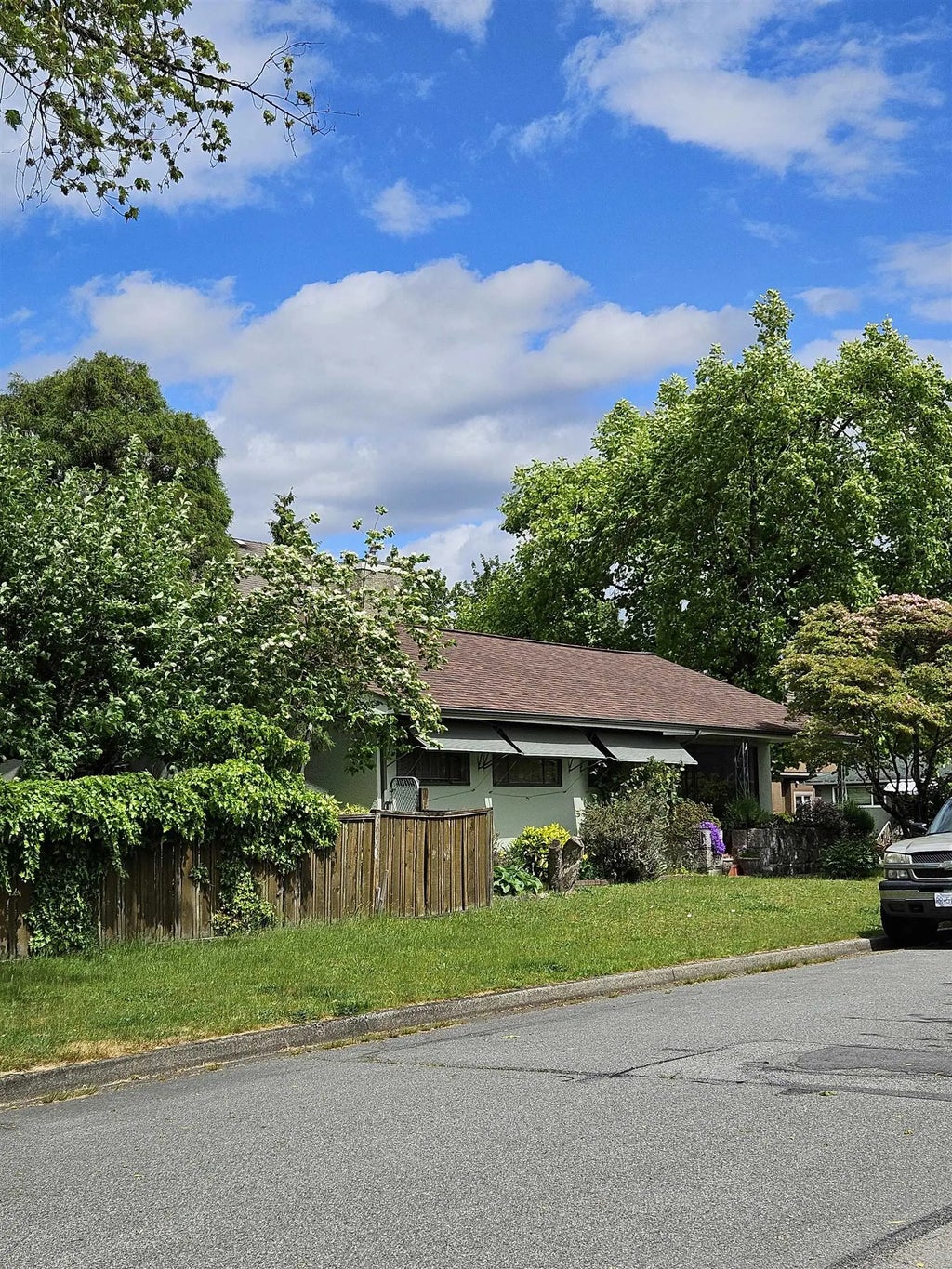

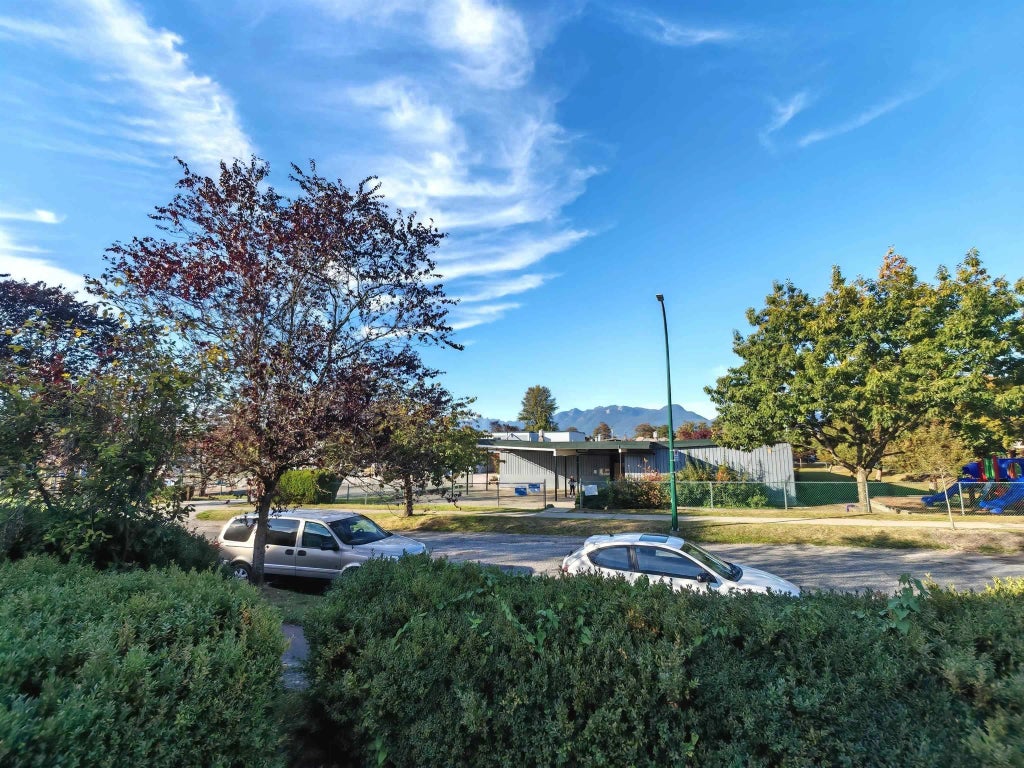
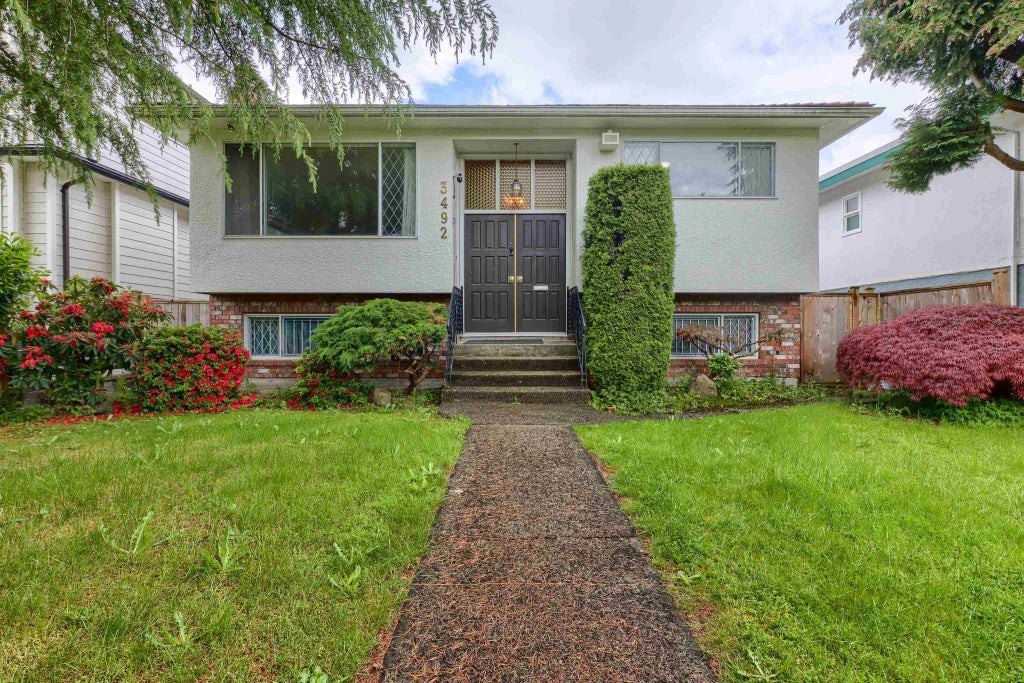
Leave A Comment